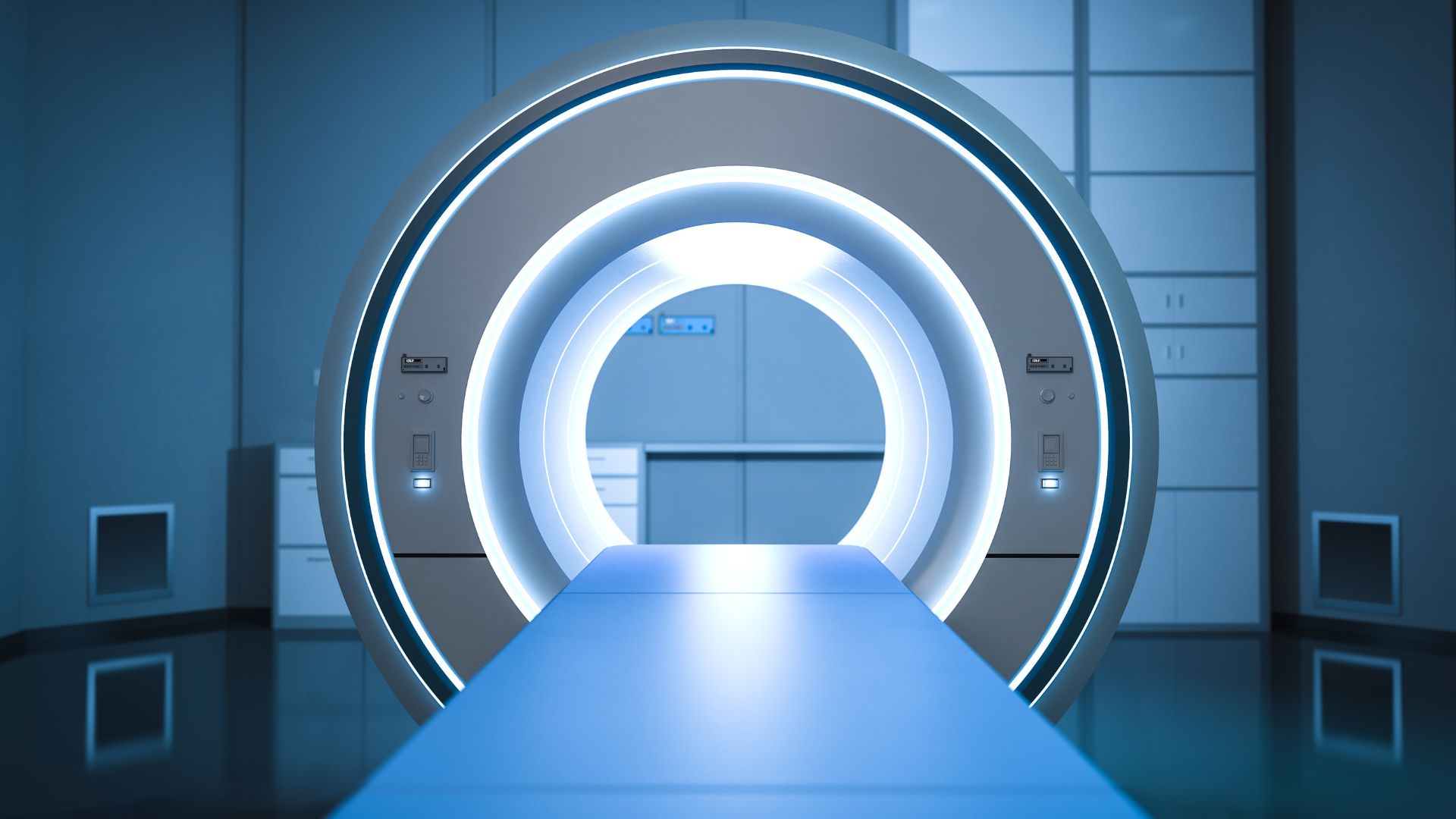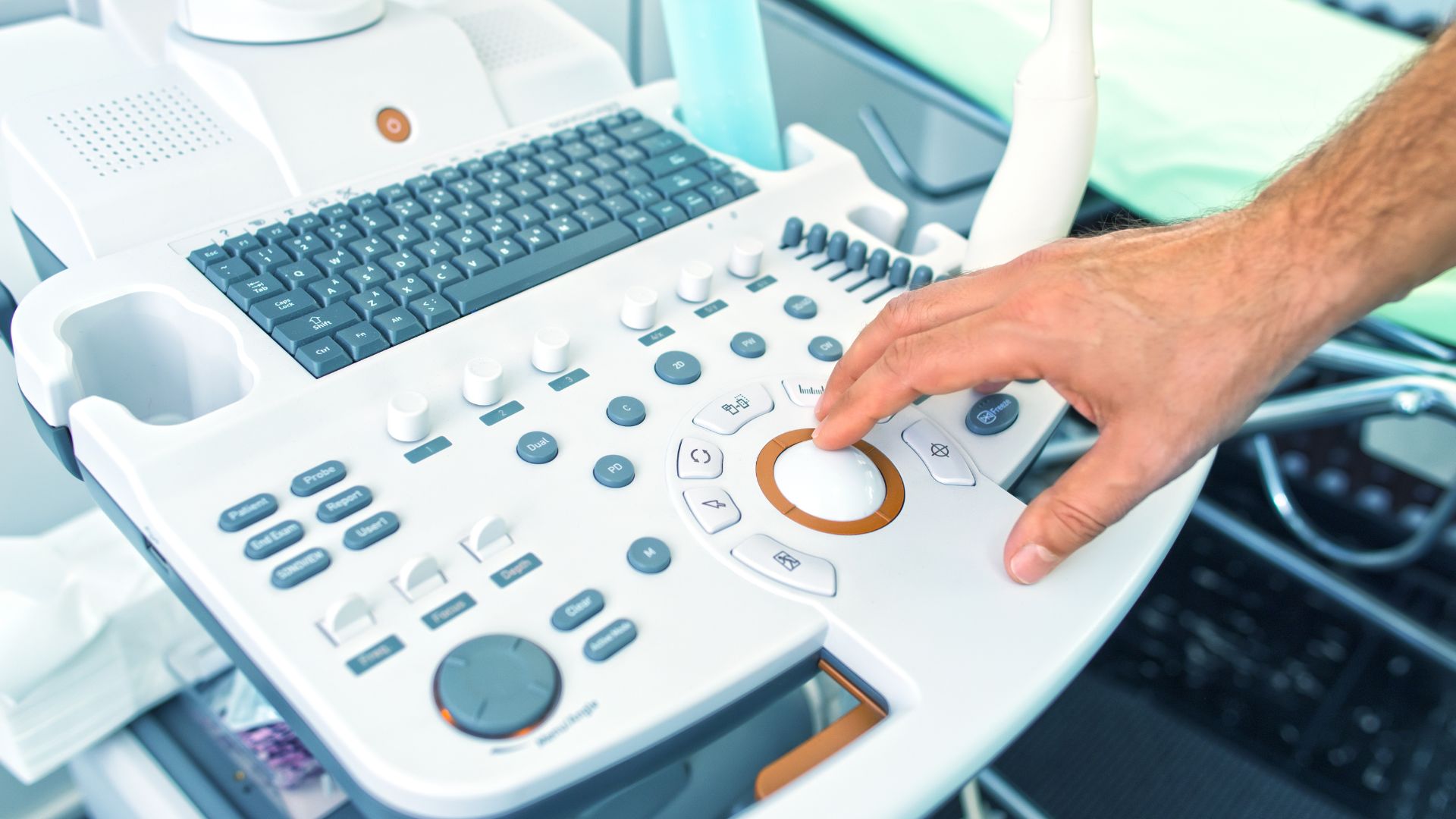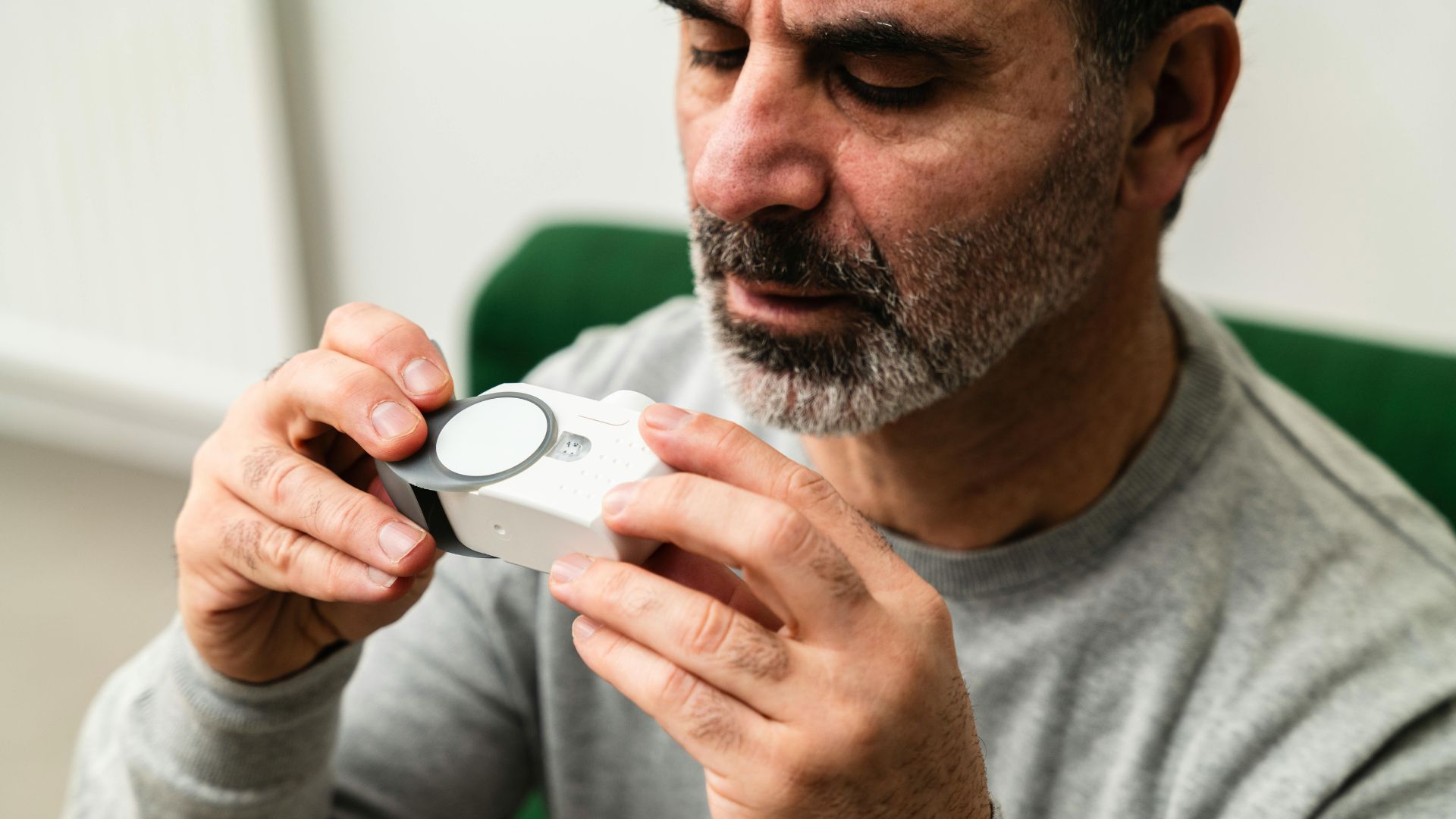Postmarket surveillance (PMS) is no longer a passive formality under the European Union’s Medical Device Regulation (EU) 2017/745. It has evolved into a core regulatory expectation—one that requires manufacturers to continuously monitor device performance, investigate and mitigate risks, and integrate real-world data into the ongoing assessment of safety and clinical benefit. The EU MDR emphasizes that manufacturers must implement a proactive, systematized PMS process to ensure that medical devices remain compliant and safe once they are on the EU market.
This guide explores PMS under MDR in full regulatory and operational depth. It clarifies legal requirements, contrasts reporting formats, examines the integration of PMS with clinical evaluation and risk management, and highlights both challenges and best practices for sustaining long-term compliance.
What Is Postmarket Surveillance?
Postmarket surveillance refers to the structured and methodical process by which manufacturers monitor the performance and safety of medical devices once they are in commercial use within the European Union. This is not a reactive, passive collection of incident reports—it is an active element of a company’s Quality Management System (QMS) that aligns with both ISO 13485 and ISO 14971 principles.
The primary objectives of PMS are to verify continued conformity with General Safety and Performance Requirements (GSPR), identify emerging risks, monitor the benefit-risk profile, and detect usage trends or misuse patterns. Data obtained through PMS also informs product design refinements, risk file updates, and potentially even regulatory reclassification.
Legal Foundations: Articles 83 to 86 and Annex III
The legal structure for PMS in the MDR is established in Articles 83 through 86, along with Annex III. Article 83 sets the overarching obligation for manufacturers to create and maintain a PMS system that is suitable for the type and class of device. Article 84 mandates that this system must be documented in a formal PMS Plan, which becomes part of the device’s technical documentation. Article 85 outlines the specific reporting expectations for Class I devices, while Article 86 details the Periodic Safety Update Report (PSUR) obligations for all Class IIa, IIb, and Class III devices.
Annex III specifies the content and format of both the PMS Plan and associated reporting documents. Together, these provisions define a minimum standard and set expectations for a traceable, responsive, and risk-aligned PMS system.
The PMS Plan: Core Components and Considerations
The PMS Plan must be more than a checklist. It should reflect a robust, device-specific strategy for systematically collecting and analyzing postmarket data. It should also articulate how the manufacturer will identify signals, trend performance, assess field complaints, and determine if and when a design, labeling, or clinical evidence update is warranted.
In addition to a high-level process description, the PMS Plan should identify the types of data to be collected, such as service reports, customer complaints, adverse events, registry data, and literature reviews. It must describe how these data will be evaluated—including statistical methods or thresholds for action—and how PMS outputs will feed back into risk management, design control, and clinical evaluation. Where applicable, the PMS Plan must also reference a dedicated Postmarket Clinical Follow-up (PMCF) Plan.
Differentiating PMS Reports from PSURs
Under MDR, there are two primary reporting outputs from the PMS process: the PMS Report and the Periodic Safety Update Report (PSUR). Manufacturers of Class I devices are required to produce a PMS Report. This internal document summarizes findings from postmarket surveillance activities and documents any changes or corrective actions taken as a result of PMS insights. Although it is not routinely submitted to regulators, it must be readily available for inspection.
For higher-risk devices—those in Class IIa, IIb, or III—a PSUR must be prepared. This is a more detailed and structured document, updated every two years for Class IIa devices and annually for Class IIb and III devices. PSURs must include cumulative PMS data, complaint and adverse event summaries, sales volumes, population usage estimates, and an updated benefit-risk analysis. PSURs for Class III and implantable devices must be submitted to the Notified Body via EUDAMED and will be subject to review as part of surveillance obligations.
Postmarket Clinical Follow-Up (PMCF): Generating Real-World Evidence
PMCF is a required extension of PMS for devices that require additional clinical validation post-market. This applies most notably to Class III and implantable devices, but may also be relevant for devices with novel materials, new intended purposes, or unresolved questions from the clinical evaluation.
A PMCF Plan should define what real-world data will be collected, how it will be collected (e.g., registries, observational studies, user surveys), and what endpoints will be measured. It must also specify the statistical tools or analysis methods to be used. Outputs of PMCF activities are compiled in the PMCF Evaluation Report, which feeds directly into the Clinical Evaluation Report (CER), CER updates, and PSUR.
Data Sources and Safety Signal Detection
Effective PMS systems do not rely on a single data source. Instead, they draw on multiple inputs to form a comprehensive picture of device performance. These include but are not limited to:
Adverse event reports and Field Safety Corrective Actions (FSCAs), service and maintenance logs, complaint handling databases, training records, clinical registries, published scientific literature, internal audits, and benchmarking against similar devices or technologies.
A core expectation is that the manufacturer will not only collect this data but actively analyze it using pre-established indicators, thresholds, and signal detection tools. Signal management must be formalized, with procedures for triaging, escalating, and resolving signals, and documenting all findings and decisions.
Integration with Risk and Clinical Systems
A well-functioning PMS system is integrated with the manufacturer’s Quality Management System. Updates to risk management files under ISO 14971 must reflect new hazards or failure modes identified through PMS. Similarly, Clinical Evaluation Reports must be updated with new real-world safety and performance data. Design changes and labeling updates often originate from PMS findings and should be tracked via formal change control.
Manufacturers should conduct regular cross-functional reviews of PMS data, involving teams from regulatory affairs, clinical, risk management, and engineering. This holistic view ensures that findings are not siloed and that appropriate action is taken based on real-world evidence.
Common PMS Deficiencies and How to Avoid Them
Many PMS systems fail to meet MDR standards because they are too generic, not tailored to the specific device, or overly reliant on passive data sources like complaint reports. Inadequate PMS Plans, infrequent data reviews, missing linkages to risk and clinical documentation, and lack of predefined analytical methods are commonly cited in audits and inspections.
To avoid these pitfalls, manufacturers should establish clear internal ownership of PMS activities, allocate sufficient resources, and invest in digital tools that support data mining, statistical analysis, and real-time trend monitoring. Documentation must be thorough, consistent, and immediately accessible during regulatory audits.
Implementing a Proactive and Efficient PMS System
Creating a proactive PMS system requires dedicated planning. Manufacturers should ensure their PMS Plans are risk- and device-specific, regularly reviewed, and linked to every applicable regulatory deliverable. A strong PMS system is not only compliant—it reduces product recalls, improves user satisfaction, and informs next-generation device development.
Manufacturers should also plan for scalability. As portfolios grow or as products mature on the market, the PMS system must evolve to include new data sources, broader usage populations, and more complex signal management mechanisms.
Postmarket Surveillance as a Regulatory and Strategic Imperative
Postmarket surveillance under the EU MDR is no longer a secondary compliance task. It is a strategic function that links together clinical data, risk assessments, market feedback, and design evolution. A manufacturer’s ability to implement and maintain a robust PMS system is a key measure of regulatory maturity—and increasingly, a source of competitive advantage.
Done well, PMS becomes more than a regulatory requirement. It is a living feedback loop that enables manufacturers to detect problems early, drive product innovation, and uphold the highest standards of patient safety and performance assurance.








